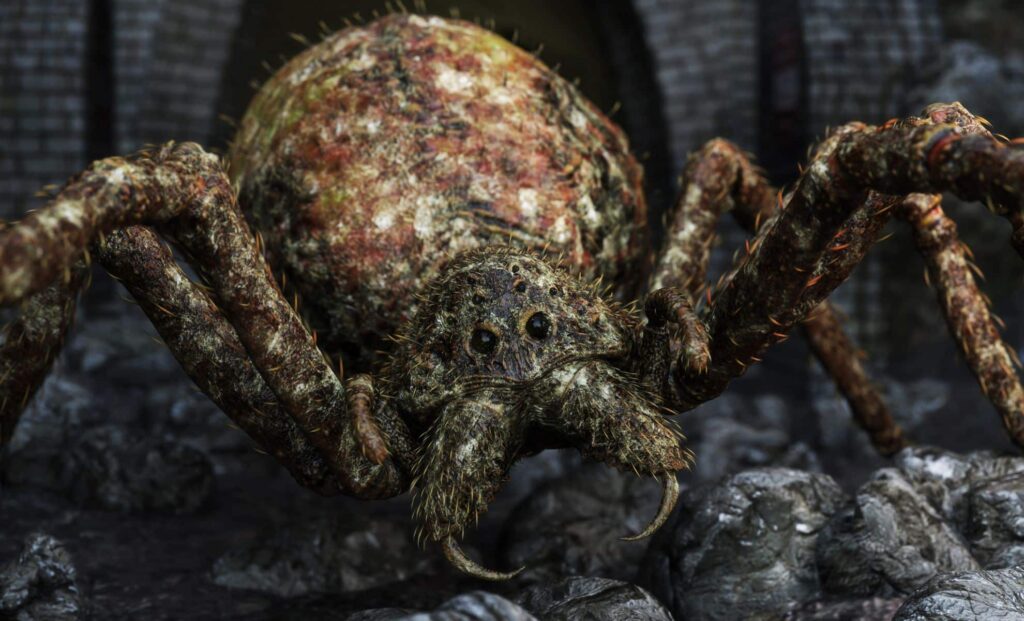Spiders often trigger fear, but some harbor parasites that could make even the bravest shudder. Among these is a family of nematode worms called mermithidae, known to infect various arthropods, including spiders. These worms grow inside their hosts, sometimes reaching enormous sizes, all while keeping the spider alive—until it’s time for the worm to emerge.
Parasitic Worms Living Inside Spiders
The mermithid worms can enter their hosts by directly penetrating their tissues or by infecting another arthropod that the spider later eats. Once inside, the worm coils and feeds within the spider’s body cavity, often without immediately damaging the host’s vital organs. This process allows the worm to develop to a large size before making its dramatic exit.
A 2024 study documented infections in spiders from the genera Piratula and Coelotes, as well as species like Alopecosa pulverulenta and Pardosa paludicola. The research found that parasitism can cause abnormal development in female spiders’ genitalia and may affect their overall growth and development.
Changes in Spider Behavior Driven by Infection
One of the strangest effects of mermithid parasitism is its impact on host behavior. Infected spiders have been observed seeking out water sources before the worm exits their bodies. This behavior is crucial for the worm, which needs an aquatic environment to enter its adult stage.
A 2004 study on infected sandhoppers suggested that changes in haemolymph osmolality may induce a “thirst” response, pushing infected animals toward water. This phenomenon helps explain why parasitized spiders show a strong drive to find water in their final moments.
A Curious Kitchen Encounter With an Infected Spider
Writer Mike Gray shared an unusual story in Nature Australia in 1995 about a dead huntsman spider found near a cup of cold coffee. Gray described, “How would you explain the presence of a long, writhing worm found in the cold remains of last night’s cup of coffee? Something you narrowly missed drinking, perhaps? But then you notice a large dead huntsman spider on the bench near the coffee cup… hmmm.”
Gray explained how the parasite feeds on the spider’s body fluids, filling its abdomen. Before the worm bursts out, it guides the spider toward water. In urban settings, where natural water sources are limited, this might mean a spider is drawn to a puddle or even a cup of coffee left out overnight.
He continued, “Perhaps the thirsty huntsman spider was carrying a water-dependent parasite and could find only one ‘water body’ in the kitchen – a cold cup of coffee left on a bench. The weakened spider climbed up the side of the cup and fell in. The tightly coiled worm then emerged from the spider’s body into the liquid. The dying spider may then have managed to crawl out of the cup, only to succumb on the kitchen bench.”

